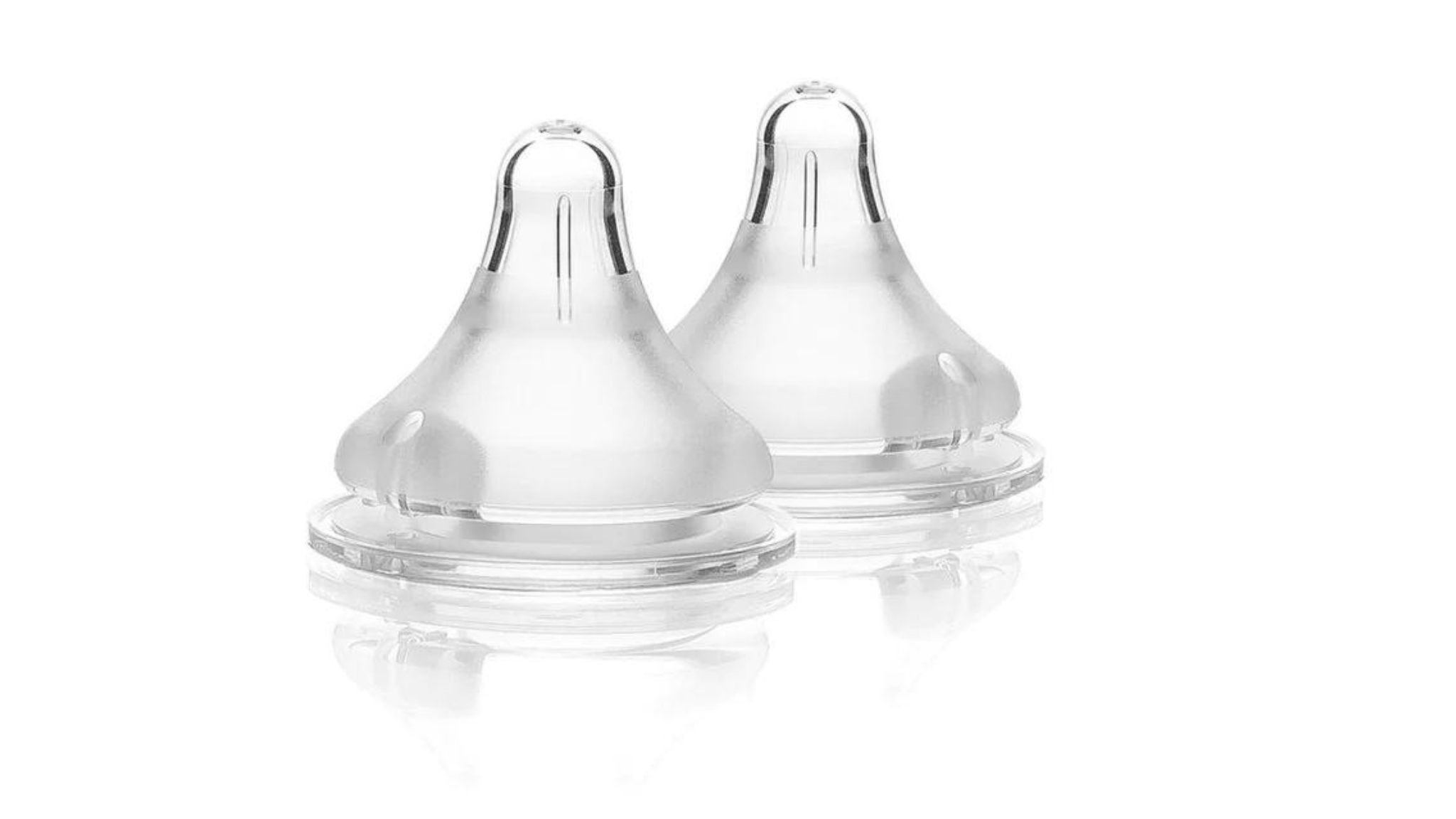What to Look for in a Bottle
All bottles say “just like the breast” but few actually are. It is often confusing and overwhelming when trying to compare the many different features of a bottle. Here are some key features and bottle recommendations for proper oral function and to make the switch from bottle feeding to chest more smooth.
Teat
Should have a gradual slope with a wide base
Slowest Flow
Test by putting 2oz of water and tilting so the teat is 1/2 full of water, if dripping the flow is too fast.
Make sure to always test new purchases, quality control is not great for most companies.
Do not necessarily need to increase flow as baby grows. As they get older baby gets stronger and may not need a faster teat. We don't want the feed to go too fast and increase gas from getting more air.
The material should be silicone and needs to be replaced yearly
Bottle
Smaller the size the better, the goal is under 5oz
As baby grows they will not need bigger bottles if feeding breastmilk
The amount of breastmilk baby takes at 3 months is the amount they will take for the rest of their breastfeeding journey
Average is 2-3oz per feed. Remember each feed will be different and we should follow baby’s lead, not trying to push more milk if they have stopped suckling
Material of the bottle is also important to consider depending on the use
Glass is preferred as it lasts the longest without leaching and is best if multiple babies are in the future, but is often the priciest
PPSU- Highest performing thermoplastic has much better durability and heat tolerance than any other plastic. Recommended to replace yearly.
PP Plastic- The most common, if material is not specified, it is PP plastic. Can lose transparency or coloration over time, this is a sign it is time to replace it. Depending on use, recommended replacing every 1-5 months. If used multiple times a day, sterilized, or washed in high heat, like in a dishwasher, may need replacing monthly. Hand-me-downs NOT recommended.
Sippy Cups, Straw Cups, & Open Cups
Bottles do not have to be the only option for feeding. Sippy cups, weighted straw cups, and open cups are all great ways to feed baby and to practice paced feeding and can be introduced very early, as early as you would introduce a bottle
Sippy cups & Straw cups can be a great way for baby to practice paced feeding, especially in a daycare environment. Babies often do really great after a bit of practice
Recommended Bottles
〰️
Recommended Bottles 〰️
Glass Bottles
Pigeon Glass Bottle Wide Neck- often the most expensive, coming from Japan.
Replace the original teat with Lansinoh or Pigeon teats. Do not use the nipple that comes with the bottle.
PPSU Plastic Bottles
PP Plastic Bottles
Avent Orginal 4oz (replace teat with Pigeon or Lansinoh teats)
Stand-alone silicone bottle teats
Fits Dr. Browns wide-neck, joovy boob, and avent wide mouth (glass only) bottles
Pigeon teat a great option when the Pigeon bottle is very expensive
Glass Sippy cups
PPSU Plastic Sippy Cups
Potato 6oz straw sippy cup My favorite for learning to use a sippy. I have had great success with all ages of babies, even as little as 4 weeks!
PP Plastic Sippy Cups
Silicone Sippy Cups
Open Silicone Cups
Best for very young babies that will not hit the cup out of your hand, or over 6 months when learning an open cup by themselves at mealtime
Sperric silicone cup (has measurement markings)
The links above are Amazon Affiliate Links, when making a qualifying purchase through one of the links, I may earn funds from your purchase. You will not pay any more or less if you use a link. None of the recommendations have been sponsored, but rather items that I have personally used or recommended because I believe in the quality or brand.






